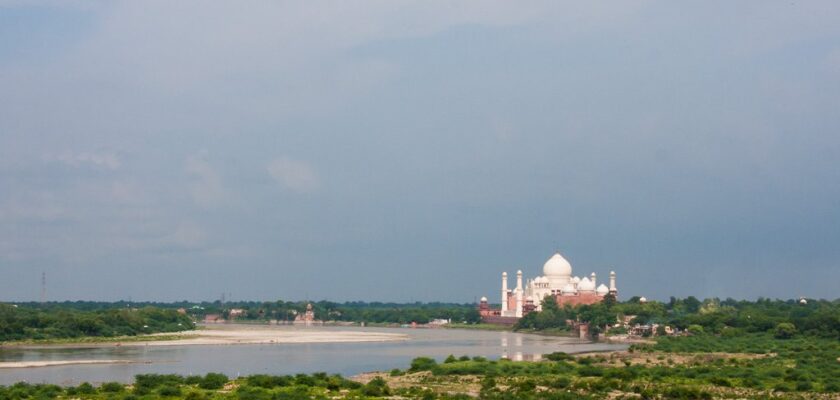Taj Mahal
Taj Mahal, a mausoleum-mosque in Agra, is one of the masterpieces of world architecture, located in the northern Indian state of Uttar Pradesh. Shah Jahan, the ruler of these places, ordered the construction of the Taj Mahal in honor of his wife Mumtaz Mahal, thus commemorating 18 years of happy marriage and her demise at the birth of their fourteenth child. As a token of his love and in memory of his beautiful wife, the Shah ordered the construction of the most magnificent mausoleum in the world.
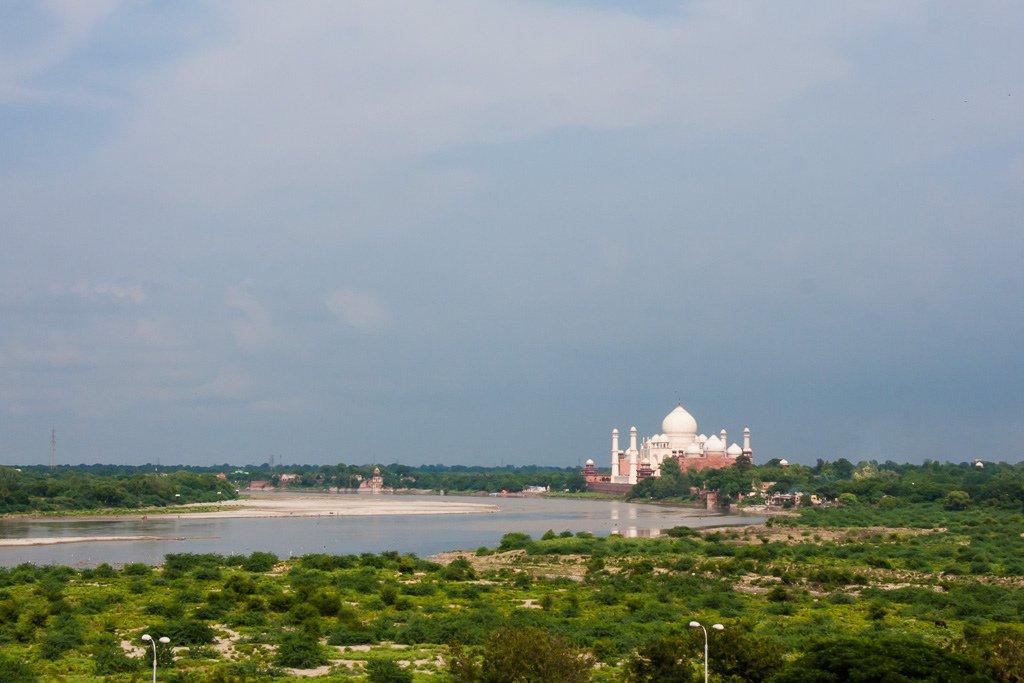
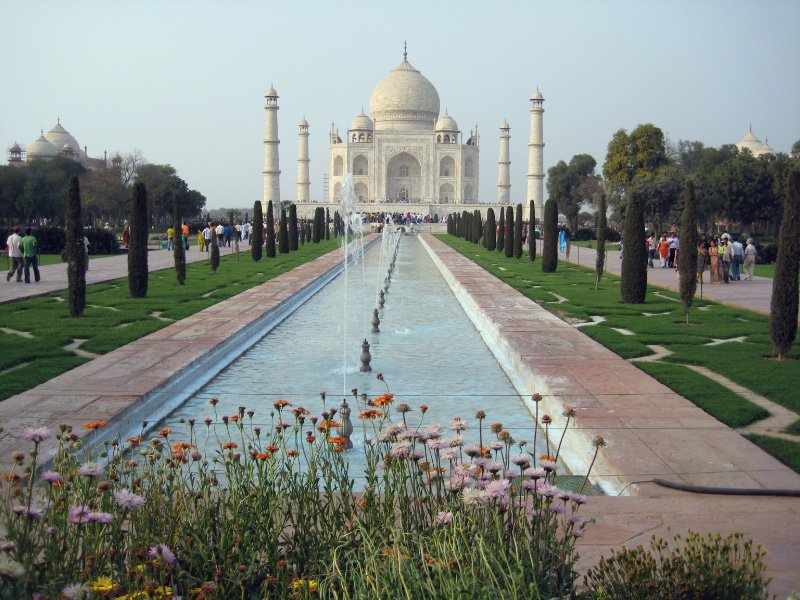
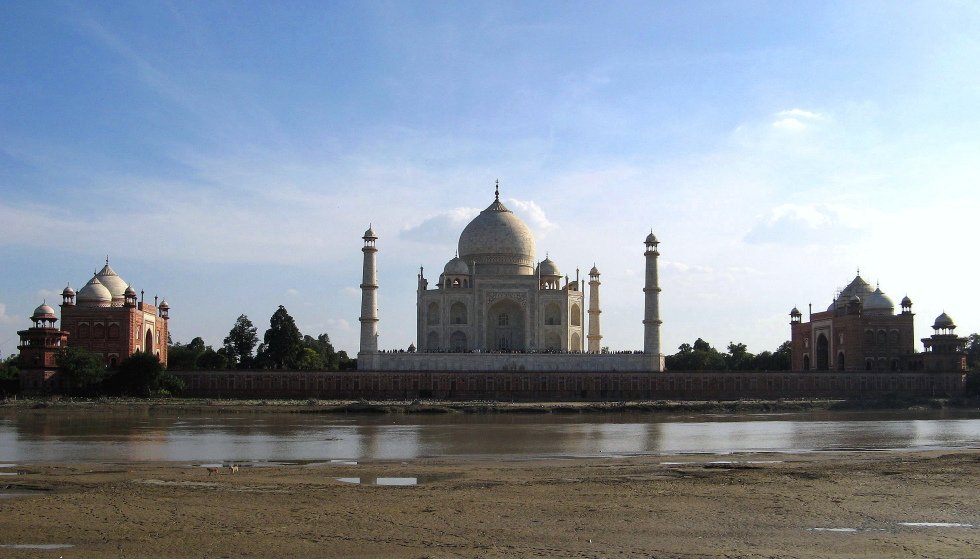
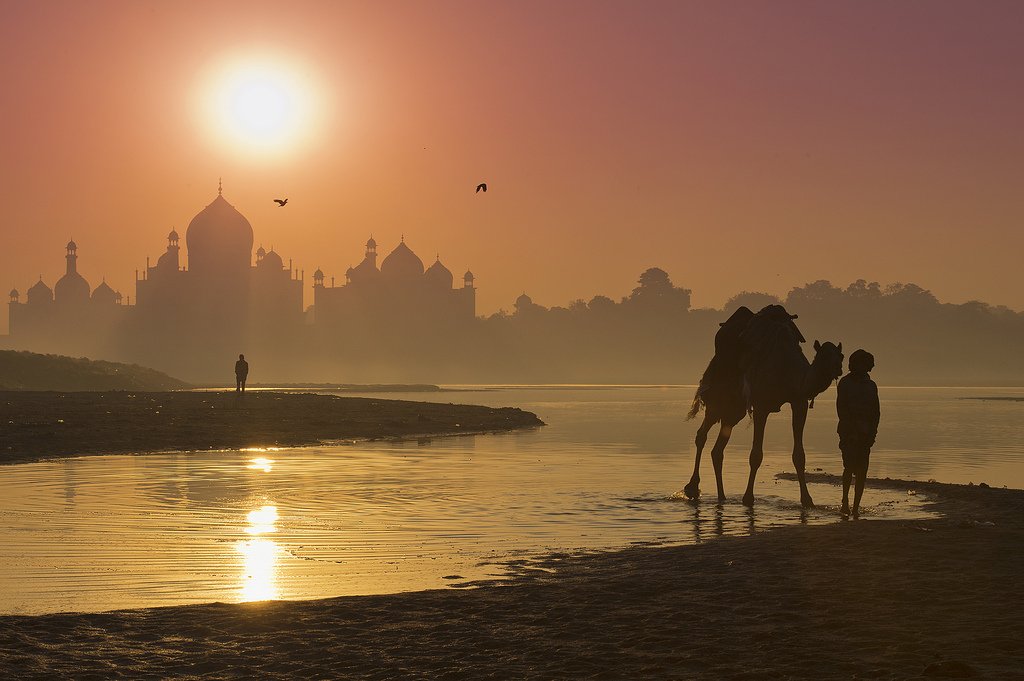
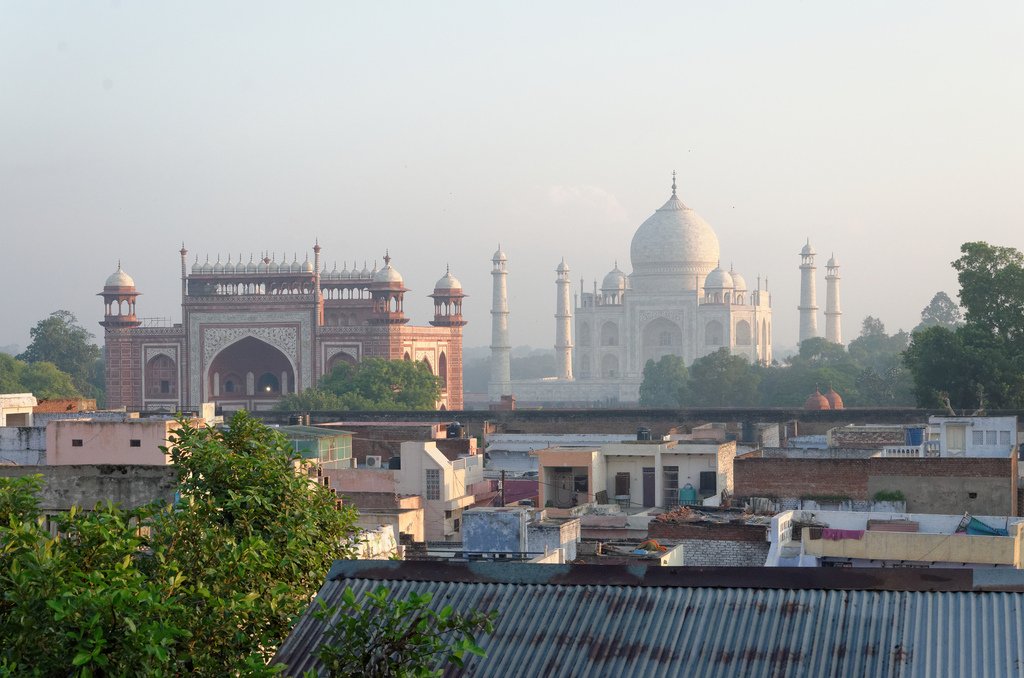
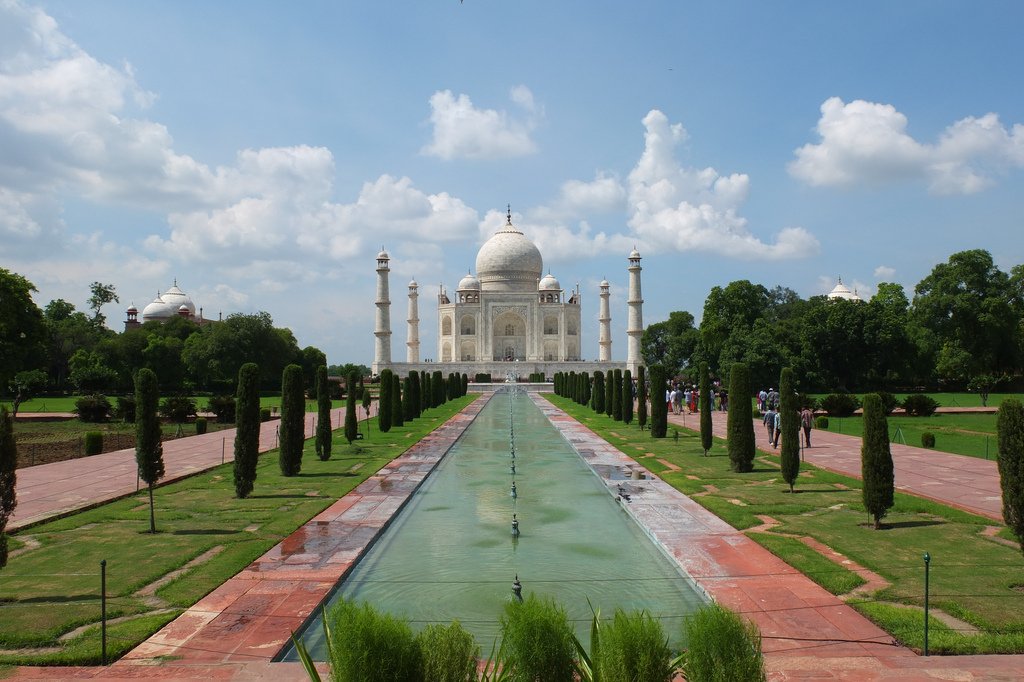
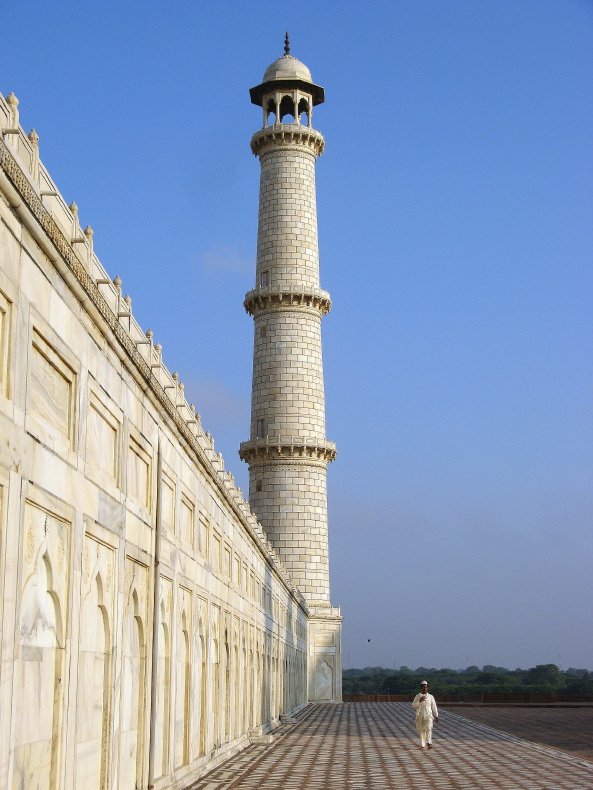
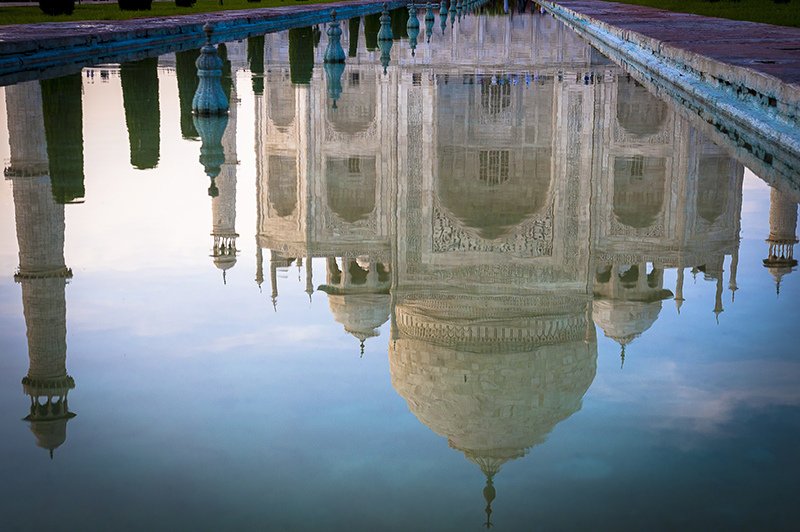
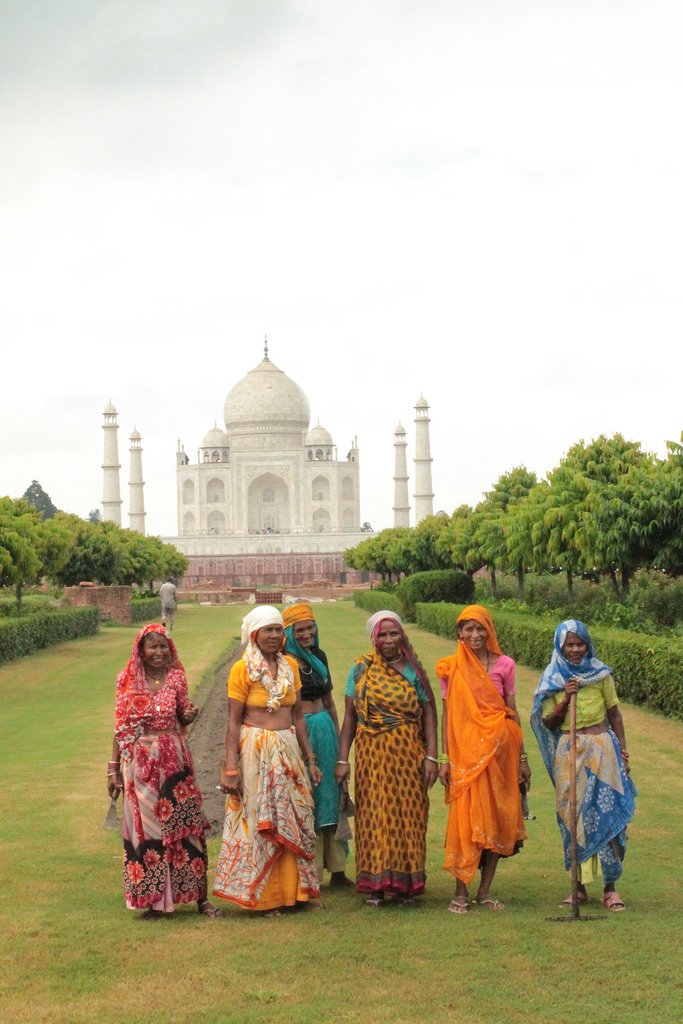
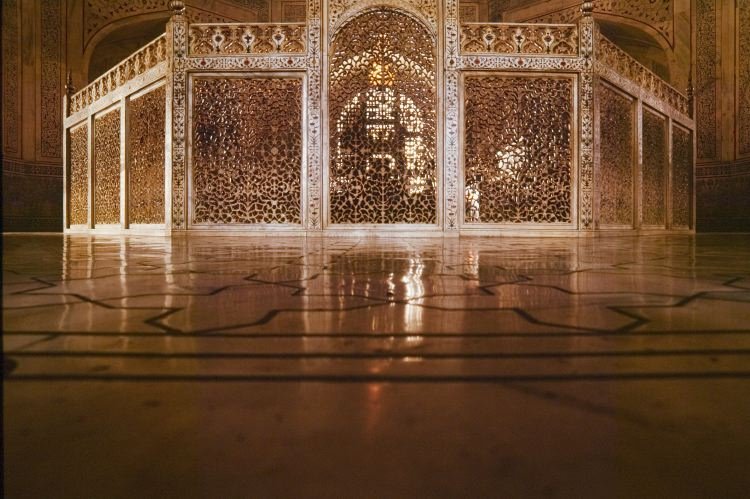
Video: Taj Mahal
” title=”YouTube video player” frameborder=”0″ allow=”accelerometer; autoplay; clipboard-write; encrypted-media; gyroscope; picture-in-picture; web-share” allowfullscreen> Contents- Highlights
- History
- Architecture
- Myths of the Taj Mahal
- Taj Mahal Museum
- Best views of the Taj Mahal
- Visitor information
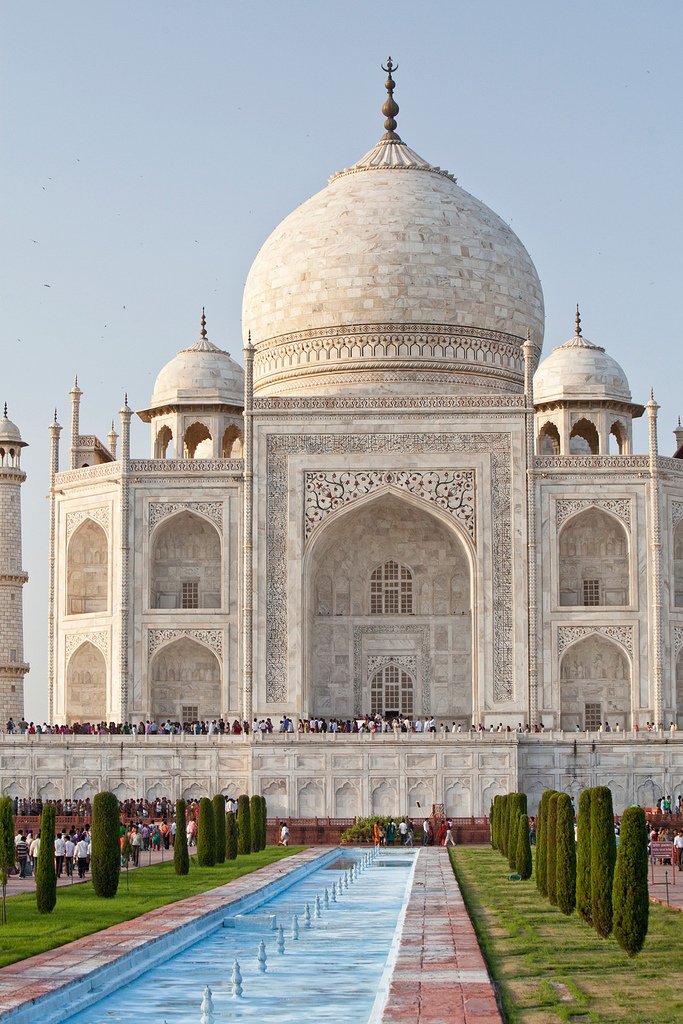
Rabindranath Tagore described the Taj Mahal as “a tear on the cheek of immortality”, Rudyard Kipling as “the personification of all that is pure”, and its creator Emperor Shah Jahan said that “the sun and moon have dropped tears from their eyes”. Every year, tourists twice the population of Agra pass through the gates of the city to see, for once in their lives, a building rightly described by many as the most beautiful in the world. Few leave disappointed.
.It is indeed a monument, beautiful in all seasons. There are those who love the view of the Taj Mahal on Sharad Purnima, the first full moon after the monsoons, on a cloudless evening in October, when the light is clearest and most romantic. Others like to look at it at the height of the heaviest rains, when the marble becomes translucent and its reflection in the canals of the gardens surrounding the mausoleum blurs in the rippled water. But it makes a mesmerizing impression at any time of the year and at any moment of the day. At dawn its color changes from milky to silver and pink, and at sunset it looks as if made of gold. Look at it also in the glow of midday, when it is blindingly white.
.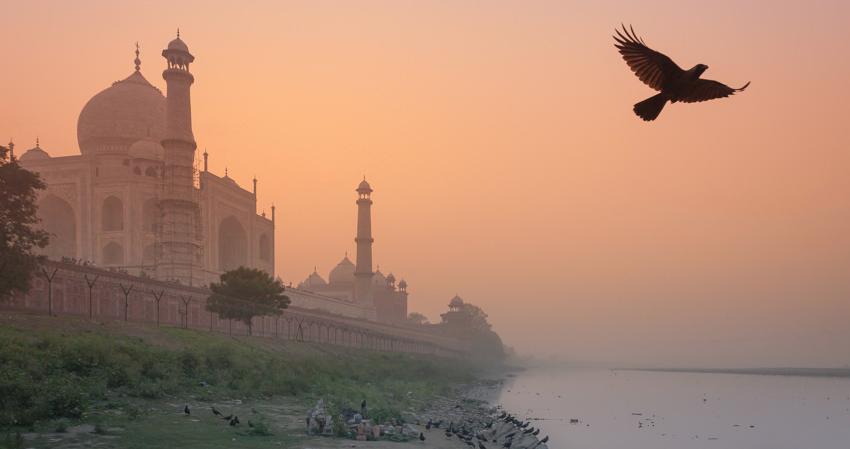
History
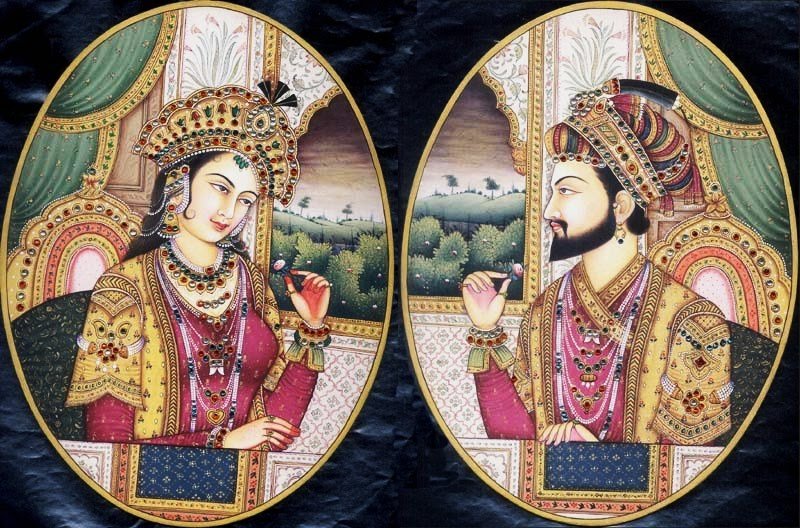
In all, about 20,000 people from India and Central Asia were employed in the construction. Specialists were brought in from Europe to make the beautifully carved marble panels and decorate them in the pietra dura style (inlaid with thousands of semi-precious stones).
.In 1983, the Taj Mahal was designated a UNESCO World Heritage Site and today it looks as immaculate as it did when it was completed, although extensive restoration was carried out in the early 20th century. In 2002, because the building had gradually lost its color due to the city’s heavy pollution, it was refreshed using an ancient recipe for a cosmetic face mask used by Indian women to keep their skin beautiful. This mask is called multani mitti, a mixture of earth, cereal grain groats, milk and lemon. Now only eco-friendly vehicles are allowed within a few hundred meters around the building.
.
Architecture
‘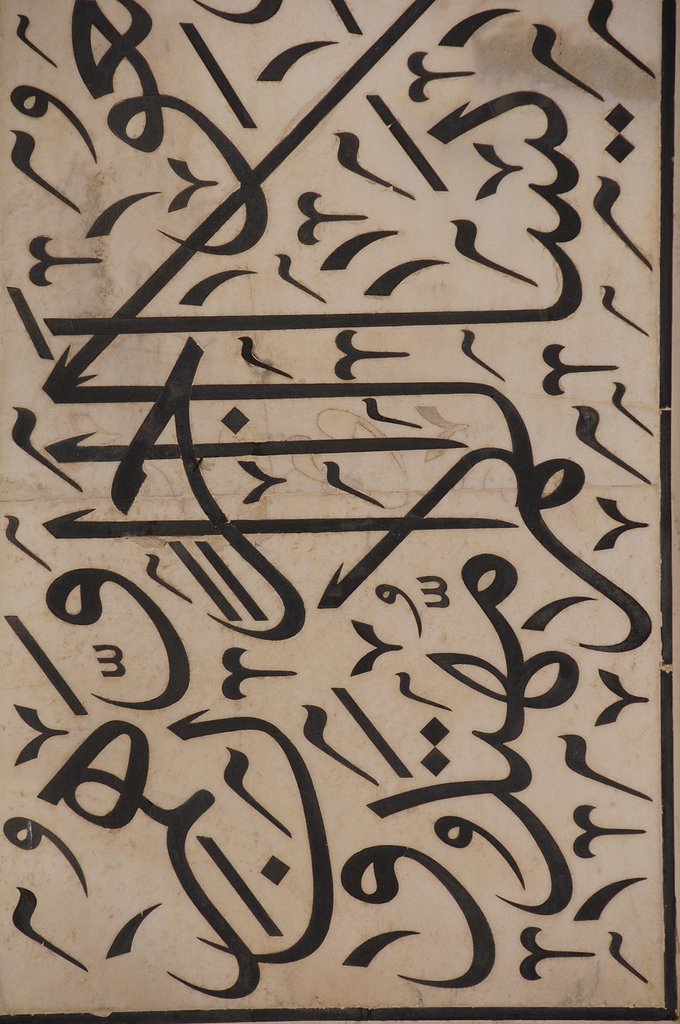
The Taj Mahal’s unique style combines elements of Persian, Central Asian and Islamic architecture. Highlights of the complex include a black and white checkerboard marble floor, four 40-meter-high minarets at the corners of the mausoleum, and a majestic dome in the center.
 ‘ Gateway to the Taj Mahal
‘ Gateway to the Taj Mahal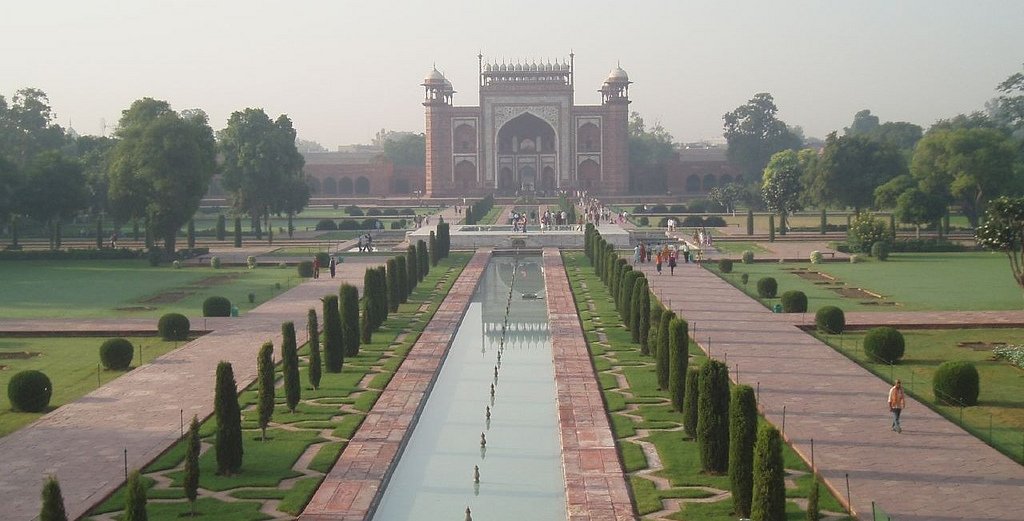
Unfortunately, vandals stole all the treasures of the tomb, but still the delicate beauty of roses and poppies in richly inlaid slabs of onyx, green chrysolite, carnelian and agate in various colors has been preserved.
.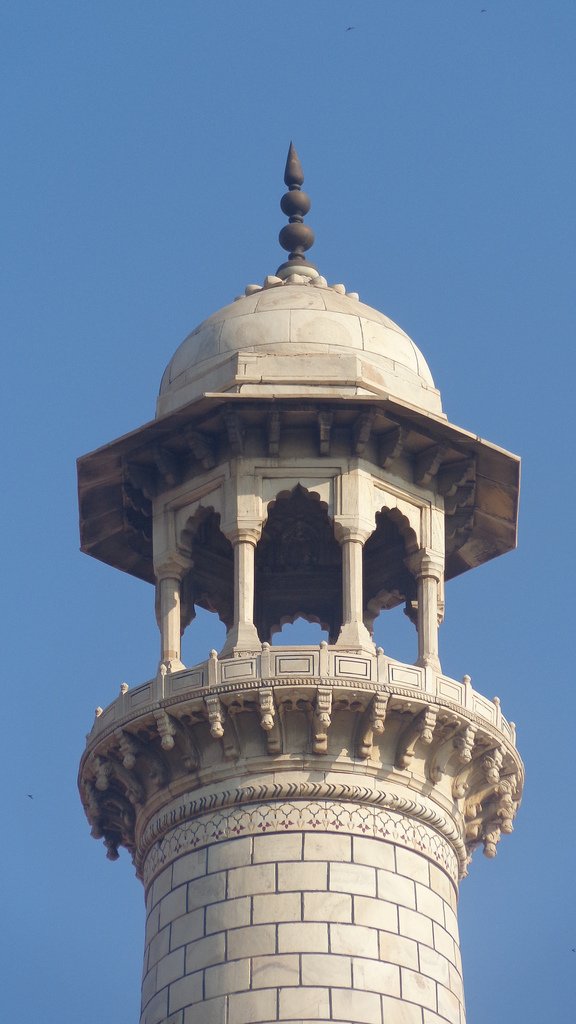
The Taj Mahal itself stands on a raised marble platform at the northern end of the ornamental gardens, with its back side facing the Yamuna River. The elevated positioning means that “only the sky is higher,” a neat design move. Decorative 40-meter high white minarets adorn the building from all four corners of the platform. After more than three centuries, they have tilted slightly, but perhaps this was deliberately designed (set at a slight angle from the building) so that in the event of an earthquake they would fall away from the Taj Mahal rather than towards it. The red sandstone mosque on the west side is an important shrine for the Muslims of Agra.
.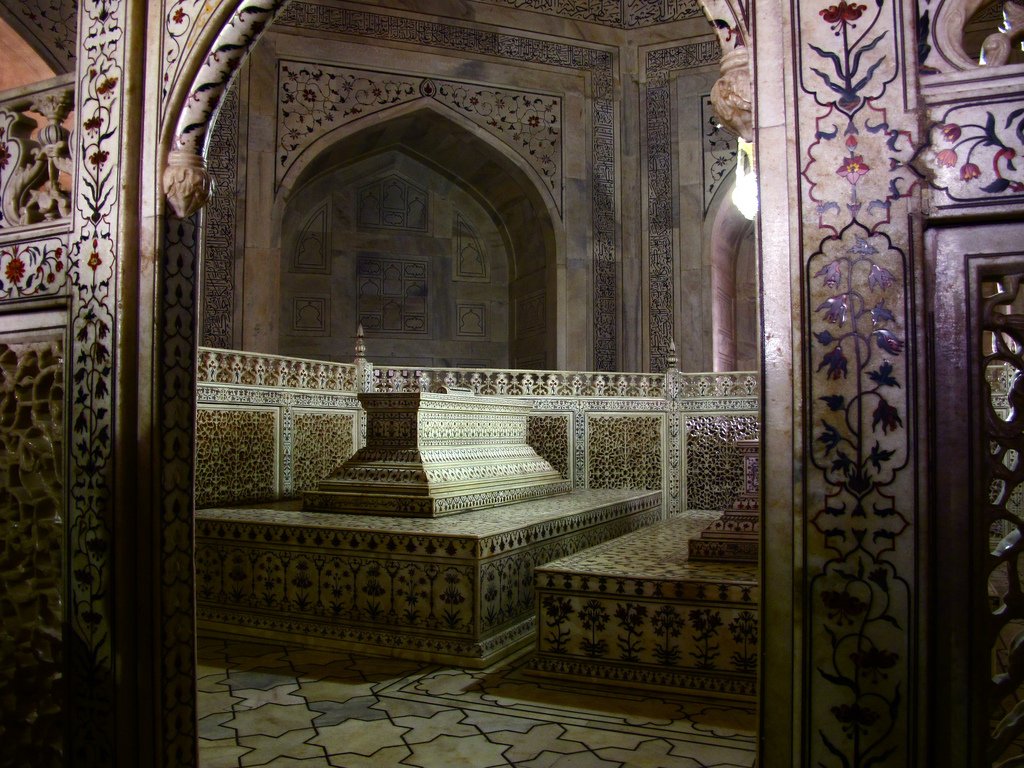
Requiem in Marble
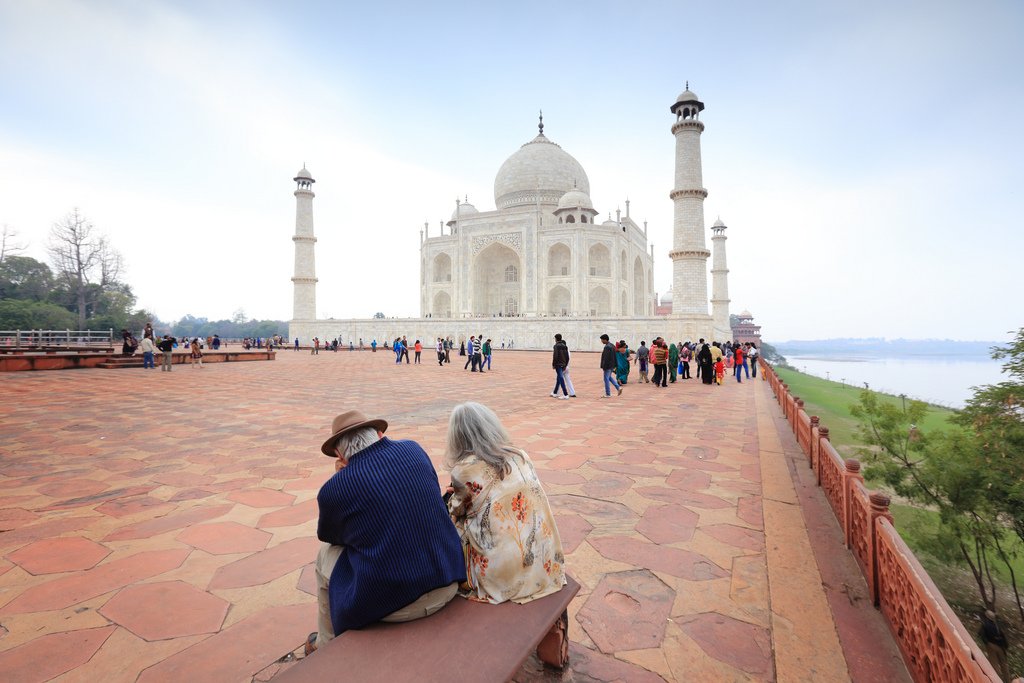
Myths of the Taj Mahal
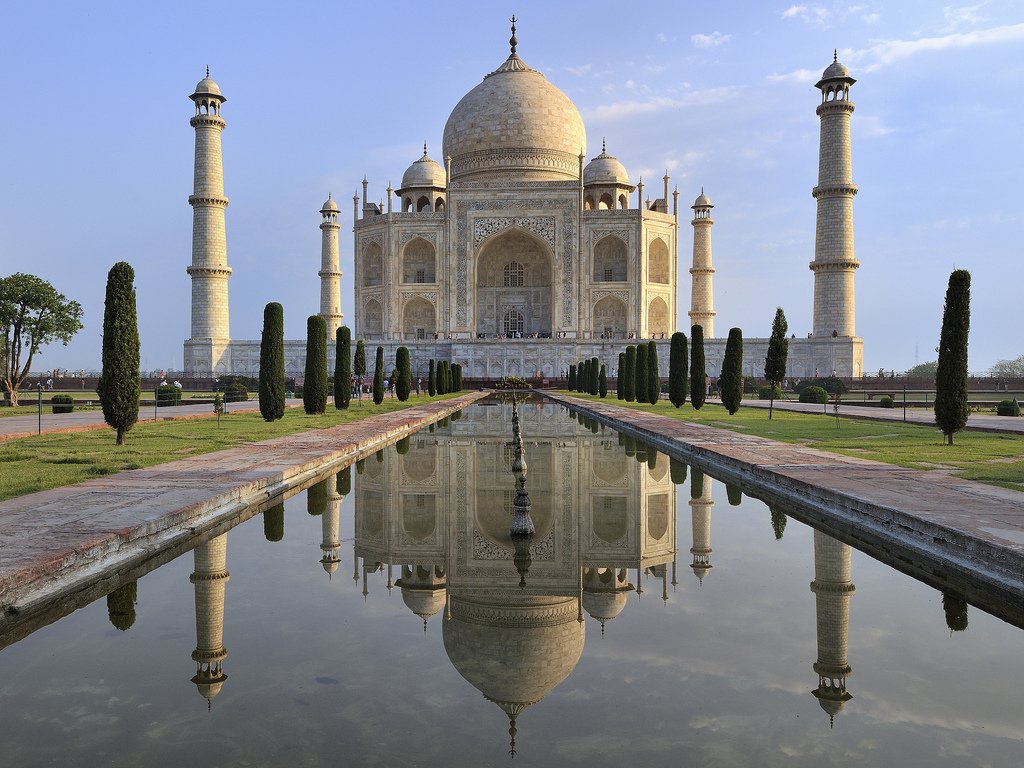
Taj Mahal Museum
The Taj Mahal complex includes the small but wonderful Taj Museum (admission Rs. 5; 10:00-17:00 Saturday-Thursday). It is located at the western end of the gardens. The museum houses original Mughal miniatures, a pair of ivory portraits of Shah Jahan and his favorite wife, Mumtaz Mahal (17th century). There are also several well-preserved gold and silver coins from the same period, architectural drawings of the Taj, and several fine celadon plates that are rumored to break into pieces or change color if poison is found in the food on the plate.
.Best views of the Taj Mahal
On the Taj grounds
You’ll have to shell out Rs. 750 for the pleasure, but only inside the complex around the Taj Mahal can you fully experience the beauty and power of the most beautiful building on earth. Be sure to notice the mosaics (pietra dura) inside the arched niches (pishtaks) on the four outer walls. Be sure to bring a flashlight to get a better look at similar ornaments inside the dark center hall of the mausoleum. Note the white marble and semi-precious stones embedded within.
.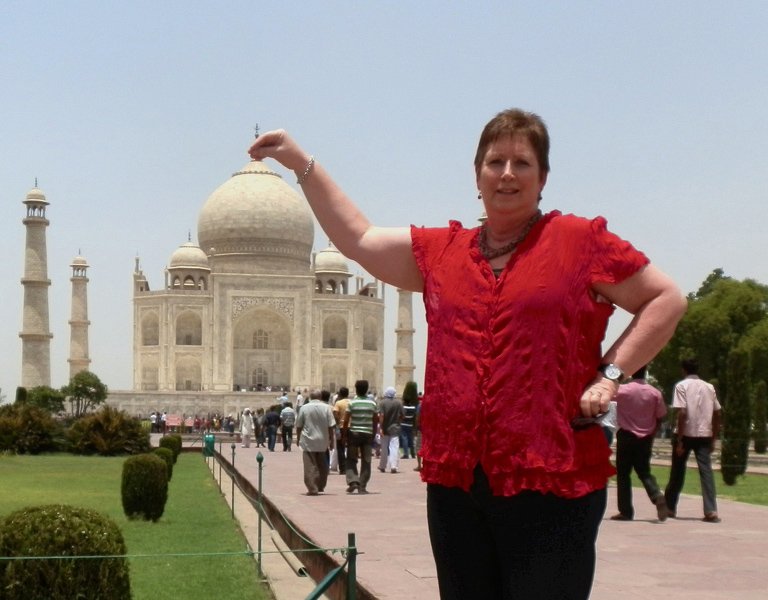
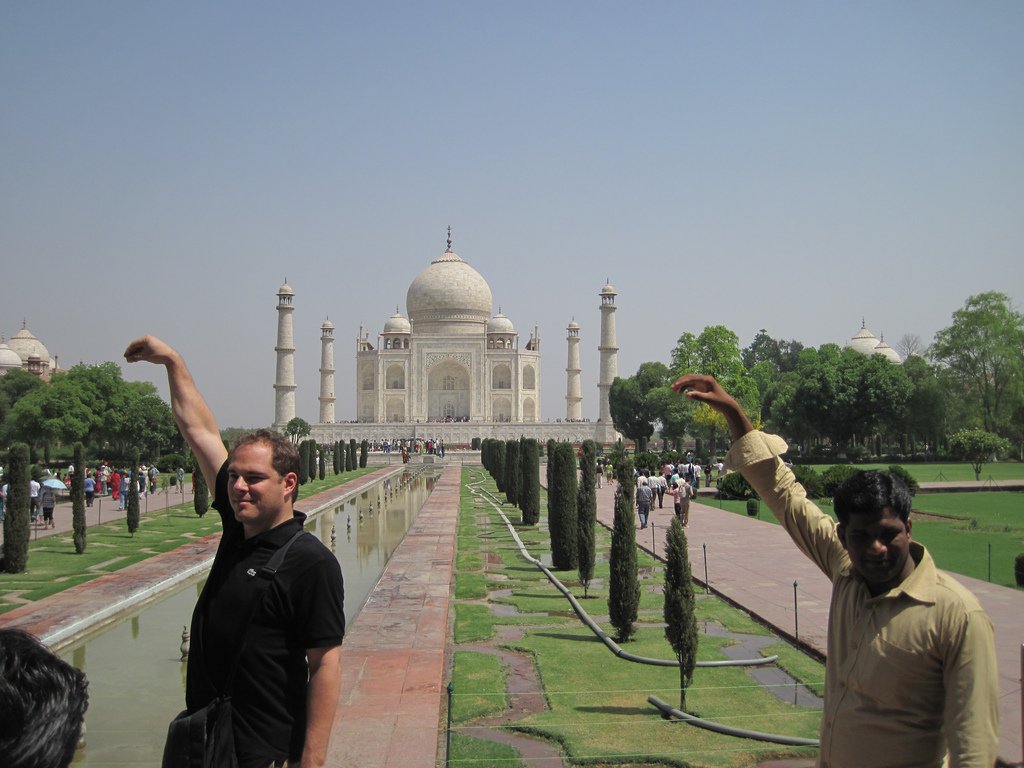
From Mehtab Bagh
Tourists are no longer allowed to walk freely along the embankment on the opposite bank of the Yamuna River, but it is still possible to admire the Taj Mahal from behind, from Mehtab Bagha Park (16th century) on the other side of the river. A path leading down to the river will take you to a place from where the same views can be enjoyed for free, albeit from a limited perspective.
.View from the south bank of the river
This is a great place to watch the sunset. Follow the path that runs along the eastern wall of the Taj Mahal down to a small temple by the river. There you will find boats that you can take a ride on the river and enjoy even more romantic views. Prepare to pay about 100 rupees per boat. For safety reasons, it’s best not to go here alone at sunset.
.
From the rooftop of a cafe in the Taj Ganj
A great option for sunrise photography is the rooftops of the cafes at the Taj Ganj. The pictures turn out to be very beautiful. We think the rooftop cafe at the Saniya Palace Hotel is the best place. The location is excellent, there is a lot of greenery around. But in principle there are many such good places, and all of them offer as a bonus a view of the Taj Mahal, which you can admire with a cup of morning coffee.
.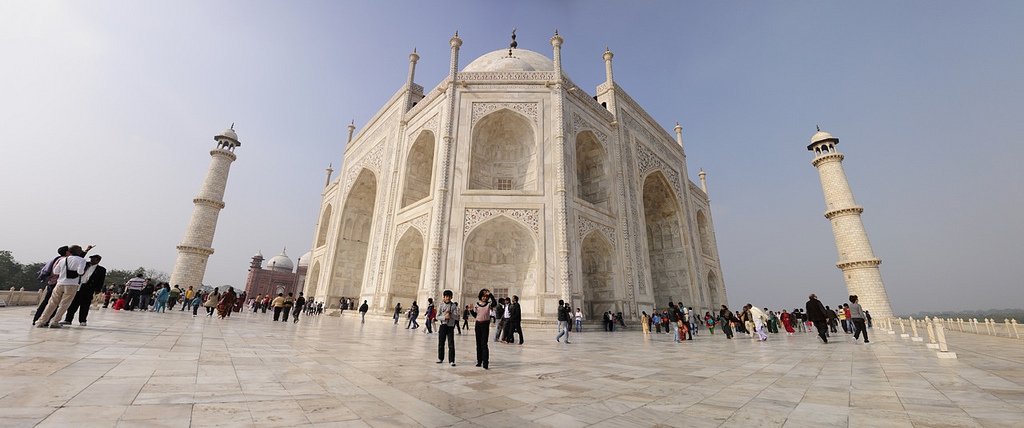
From the Agra Fort
Having a camera with a decent lens can make for gorgeous photos of the Taj Mahal from the Agra Fort, especially if you’re prepared to get up at dawn and catch the moment the sun rises from behind its walls. Perhaps the best places to shoot are the Musamman Burj and the Khas Mahal, the octagonal tower and palace where Shah Jahan was imprisoned and where he spent the last eight years of his life.
.Visitor Information
Taj Mahal opening hours
The mausoleum is open daily from 6 a.m. to 7 p.m., except on Friday (On that day, it is only open to those attending Friday service at the mosque on the Taj Mahal grounds.)
You can also admire the Taj Mahal by moonlight – two days before and two days after the full moon, the mausoleum is open in the evening hours – from 8:30 p.m. to midnight.
.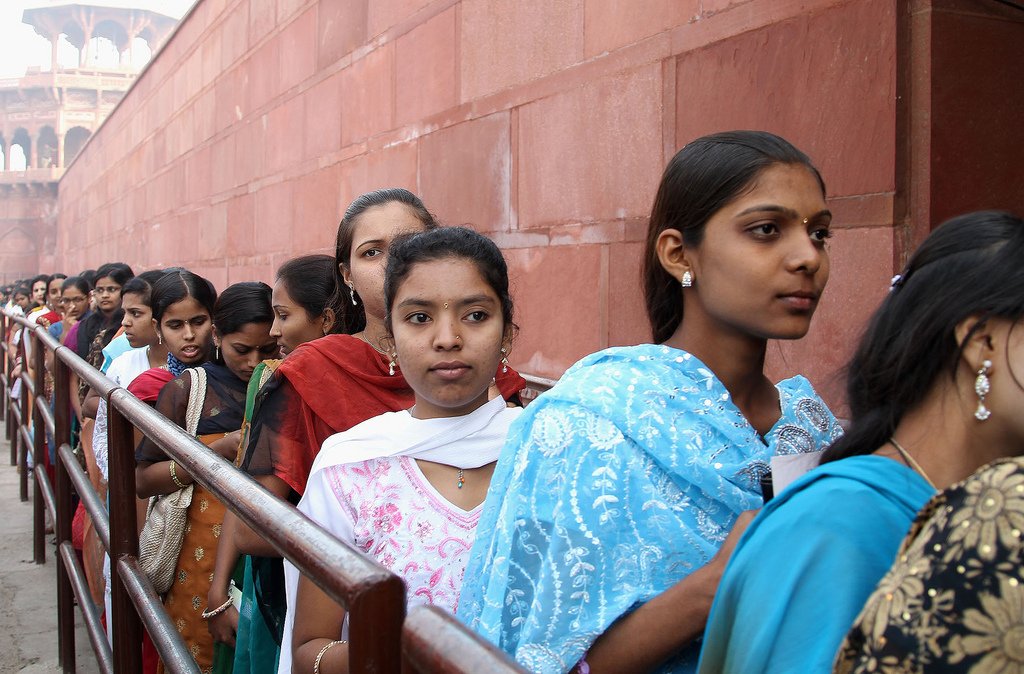
Entrance
Entrance to the Taj Mahal costs INR 750 (approximately $12), children under 15 years old are free.
The Taj Mahal is magnificent at sunrise. This is definitely the best time to visit and there are fewer people during these hours. Sunset is another magical time when you can enjoy the marvelous views. One can view the Taj for five nights during the full moon period. The number of entry is limited. Tickets must be bought a day before the visit from the Office of Archaeological Survey of India (12227263; www.asi.nic.in; 22 Mall; Indians/foreigners 510/750 INR). Read their website for details. Keep in mind that among rickshaw drivers, this office is known as the Taj Mahal Office.
.Photography and videography
Photography and videography with professional equipment is prohibited (SLR cameras, due to their popularity among tourists, are not usually considered professional equipment, but there may be problems if you have a very large lens).Permission to take pictures with a regular camera will cost an additional 25 INR .
.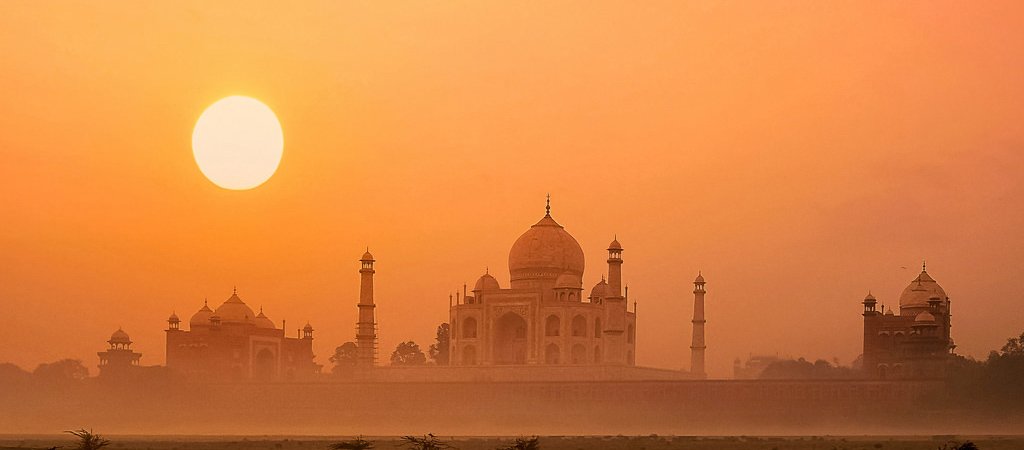
How to get there
The Taj Mahal is located in the Indian state of Uttar Pradesh in the city of Agra – it is about 200 kilometers from Delhi.
.The following trains run from Delhi to Agra:
.- Shatabdi Express – departs from New Delhi Station at 6:00 am, return at 8:40 pm (travel time 2 hours).
- Taj-Express – departs from Nizamuddin Station at 7:15 am, return at 6:50 pm (travel time 3 hours).
- Apart from these, all trains to Kolkata, Mumbai and Gwalior run through Agra.
Besides, Agra can also be reached by bus (express from 3 hours), cab (2000 INR) or by booking a group tour (from 1500 INR including entrance fees).
.From Agra itself, the Taj Mahal can be reached by rickshaw or cab.
.